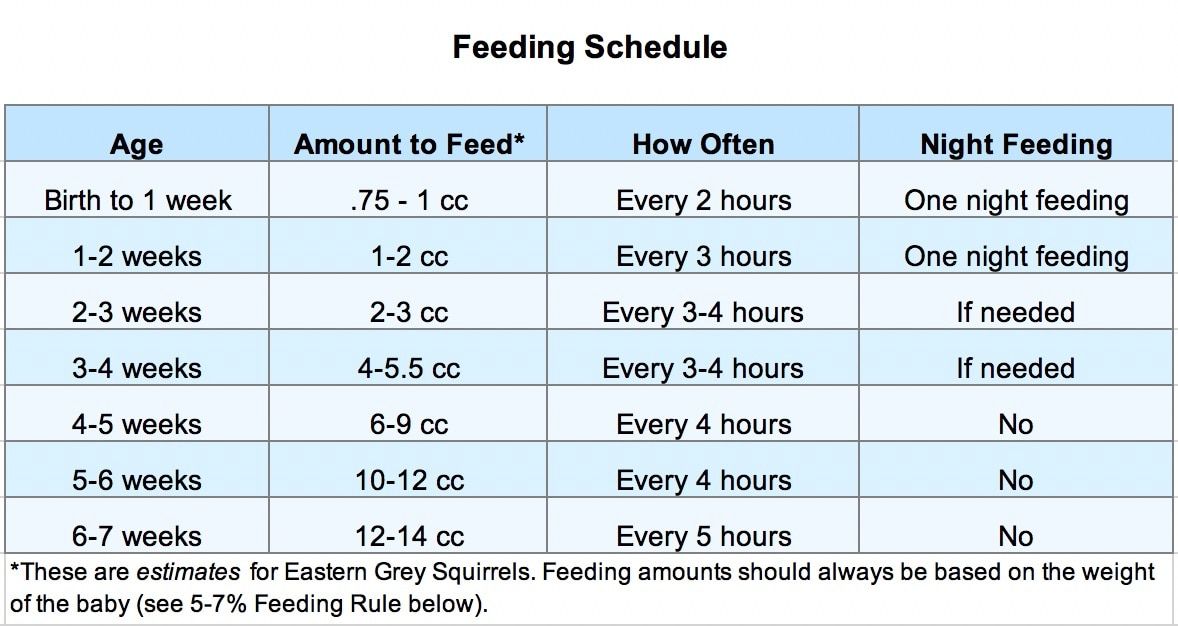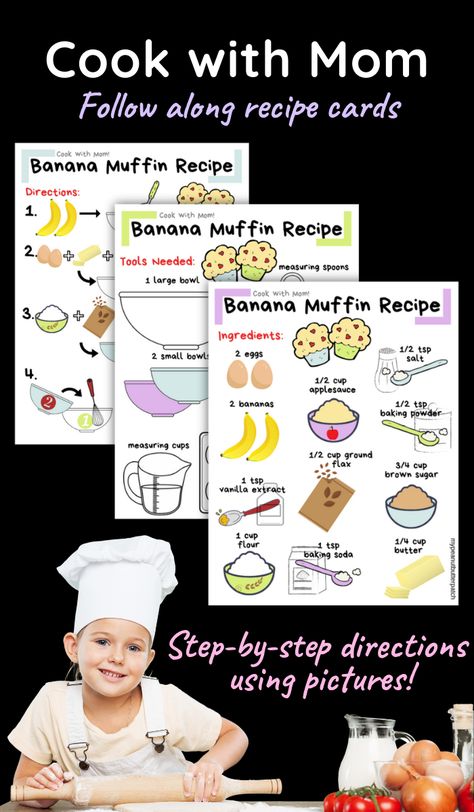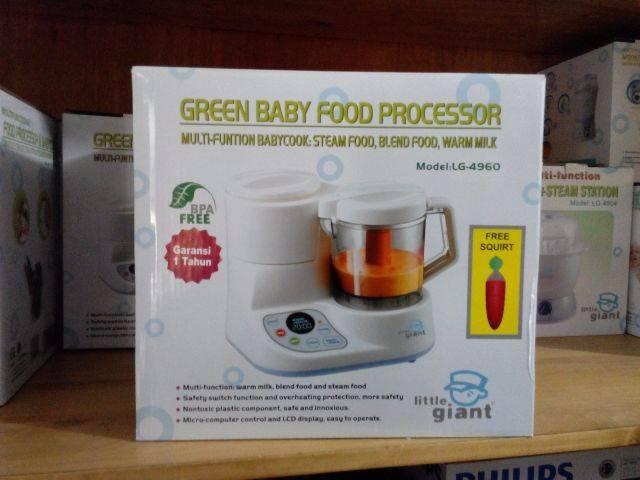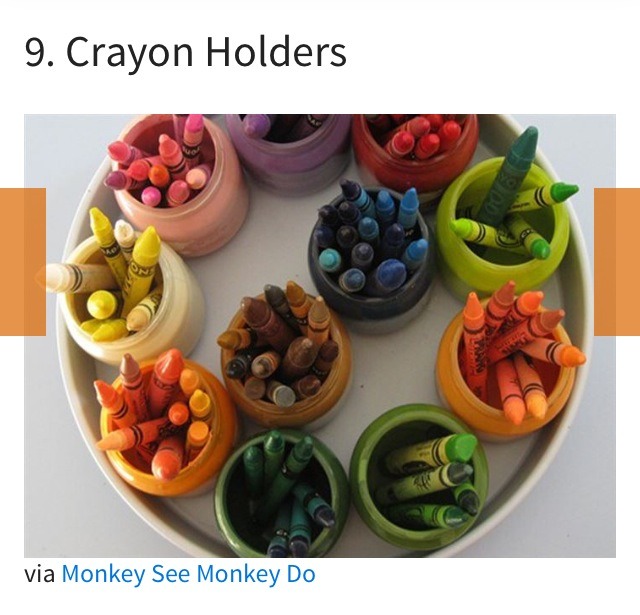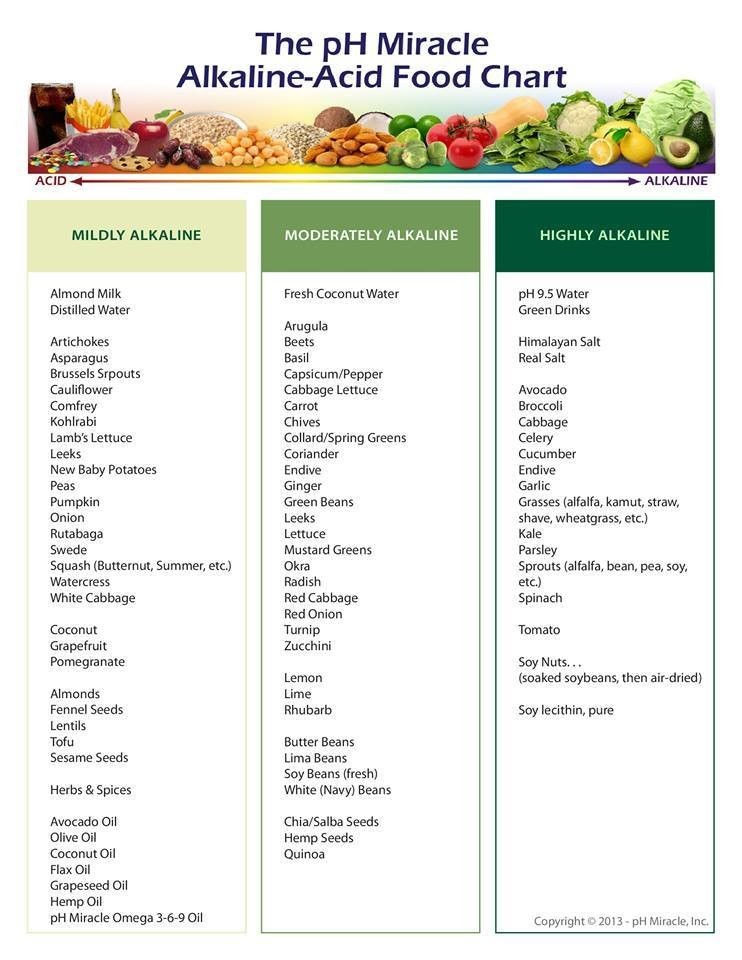Baby kitten feeding chart
Kitten Feeding Schedule: From Newborn to One Year
This chart shows you when, what, and how much to feed your fluffy bundle of joy.
small tabby kitten on couch; kitten feeding schedule
Credit: Ralchev Design / Getty
Kittens, like human babies, start out life consuming liquid nourishment and slowly graduate to solid foods. Mother cats take care of a kitten's nutritional needs through their milk from the day their kittens are born until they are around 4 to 6 weeks old.
Feeding An Orphaned Kitten
But if you have a kitten without a mother, you need to provide food that's formulated for kitten health. Whether your orphaned kitten is a newborn or one that's a few weeks old, you should bottle feed them. Bottle-feeding a kitten isn't difficult, but it does take a little know-how to do it properly. These tips for how to bottle feed a kitten can help.
Using a Commercial Kitten Milk Replacer
If a mother cat is unable to feed her little ones, the kittens will need human help to get the nutrients they need. To feed a kitten, skip the standard milk in your fridge! This will cause tummy upset and will not give the kittens what they need to survive. You'll need to purchase a commercial kitten milk replacement to get them the special nutrients they need. This product is available at local pet stores or at your veterinarian's office. Never use cow's milk or any other dairy alternative. Kitten milk replacer is formulated to provide the same nutrition that a mother cat's milk offers, and it comes in two forms: dry or canned.
Kitten Feeding Schedule
Kittens need to eat frequently in their first few weeks in order to consume enough nutrients to keep them healthy and growing. Follow this feeding schedule using commercial kitten milk replacer for kittens at each age.
kitten bottle feeding schedule
Credit: Corinne Mucha
*Generally, you should feed a kitten until its belly feels full.
If a kitten is being fed by their mother, the mama cat will take care of weaning the kitten off her milk on her own—usually around 4 weeks.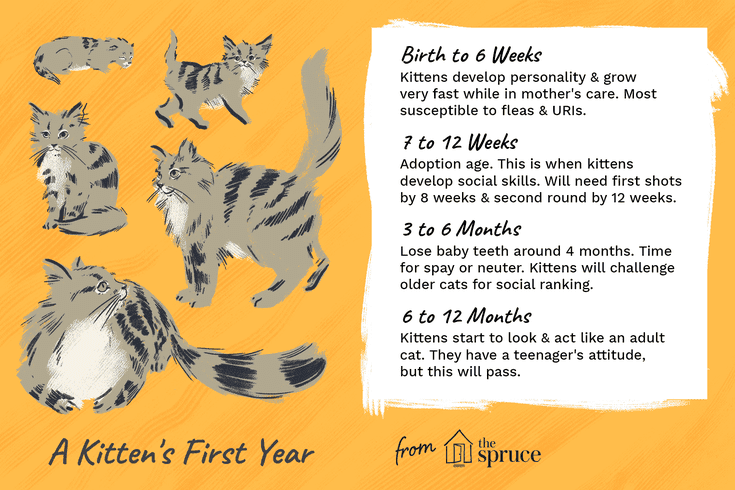 The same timeframe applies to kittens who are bottle-fed. Begin introducing specially made kitten food to their diets by mixing a little wet kitten food with the milk replacement to make a mixture of gruel. During the weaning process, kittens will still need to be bottle fed as it's unlikely they'll get all the nutrients they need from the small amounts of the special slurry they eat. Throughout the fifth week, incorporate less formula into the gruel and start to introduce dry kitten food, along with a bowl of water.
The same timeframe applies to kittens who are bottle-fed. Begin introducing specially made kitten food to their diets by mixing a little wet kitten food with the milk replacement to make a mixture of gruel. During the weaning process, kittens will still need to be bottle fed as it's unlikely they'll get all the nutrients they need from the small amounts of the special slurry they eat. Throughout the fifth week, incorporate less formula into the gruel and start to introduce dry kitten food, along with a bowl of water.
Over the next two weeks, gradually increase the amount of kitten food as you decrease the milk replacement in the mixture. By the time the kittens are 8 weeks old, they should be fully transitioned to solid kitten food. This is also the point when veterinarians recommend kittens begin their vaccination schedule. Once the kitten is 2 months old, they'll need to be fed two times a day with regular kitten food. After their first year, it's usually OK to switch to an adult cat food, though you'll want to check with your veterinarian.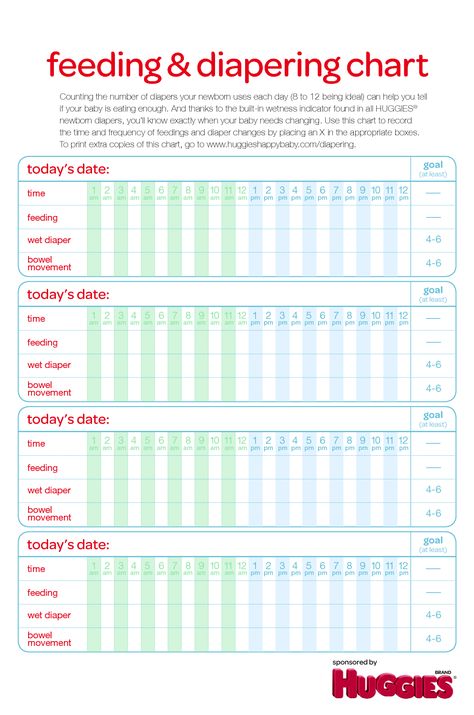
How Much Weight Should Kittens Gain?
According to Shelter Medicine at the University of Wisconsin, weigh your kitten every day or so to be sure it's gaining weight. Newborn kittens should gain 3 to 4 ounces a week and weigh approximately 2 pounds by the time they are 8 weeks old. If your kitten isn't gaining weight, consult your veterinarian.
Bottle Feeding — Kitten Lady
When a kitten is without a mother, it's up to us to lend a hand. Bottle feeding is an essential skill for any kitten rescuer, and Kitten Lady makes it easy to learn with this step-by-step tutorial. Anyone can learn to bottle feed, but there are some tips you'll want to have in order to do so safely. Let's get started!
1.
Get a Bottle and NippleYou can purchase a bottle at any pet supply store or feed store, or online. Be aware that the nipple that comes on the bottle is not cut; you will need to cut a hole in it yourself.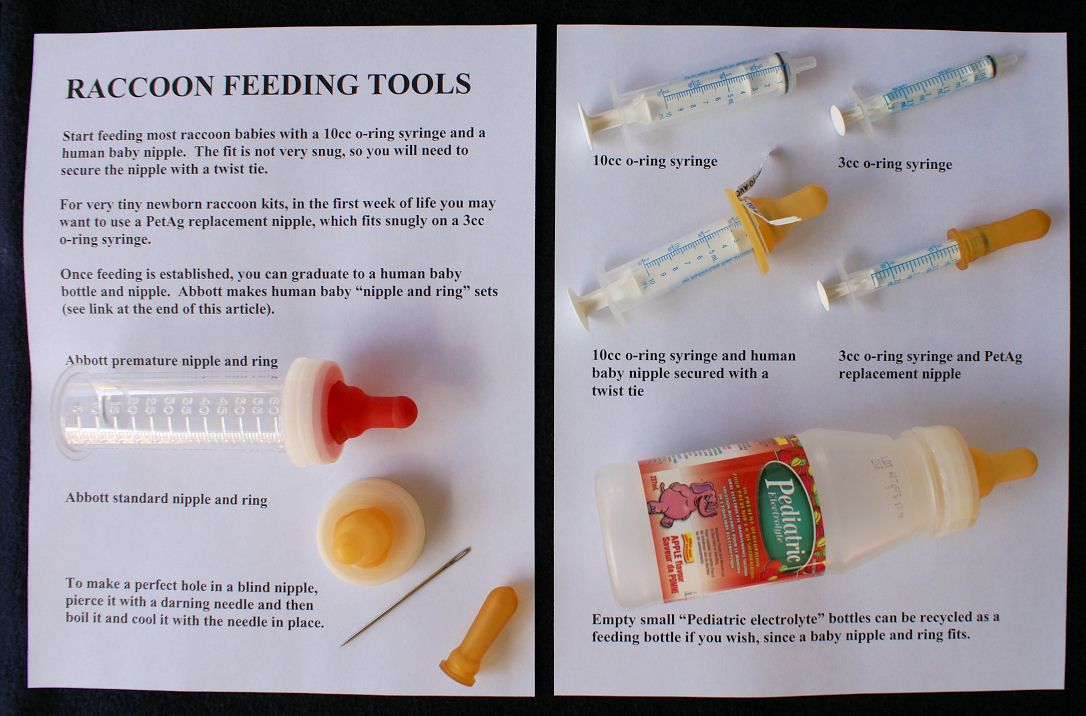 The hole should be big enough that if you hold it upside down, formula can slowly drop out of it -- but not so big that it flows out freely. Pictured here are Kitten Lady's preferred nipples for kittens, available by PetAg, Pet Nurser, and Miracle Nipple.
The hole should be big enough that if you hold it upside down, formula can slowly drop out of it -- but not so big that it flows out freely. Pictured here are Kitten Lady's preferred nipples for kittens, available by PetAg, Pet Nurser, and Miracle Nipple.
2.
Assess the KittenBefore you feed a kitten, always make sure you've assessed her to make sure it is safe to feed. If a kitten is overheated or too cold, it is not safe to feed until you have gently stabilized their temperature. If a kitten is not able to swallow, it is not safe to feed. If a kitten has a cleft palate, it may be riskier to feed. Be sure that you've assessed the kitten's temperature and body condition before feeding.
Ensure that the kitten is able to swallow by placing a drop of formula on their tongue and feeling the throat with one finger. If the kitten appears stable and is swallowing, proceed.
Buy on Amazon
3.
 Prepare Your Bottle
Prepare Your BottleYou're going to need to purchase kitten formula -- you cannot feed kittens the milk that is in your fridge. Never feed a kitten cow's milk or other dairy products, dairy alternatives, or human baby formula, as this can be dangerous or even fatal to the kitten. Instead, purchase a kitten formula from a pet supply store, feed store, or online. Once opened, keep the formula refrigerated. Prepare the formula according to the manufacturer's instructions, making sure that it is fresh, clump free, and comfortably warm.
4.
Feed the KittenLay the kitten in a natural, belly-down position -- never, ever on her back. Hold the kitten's head stable with your non-dominant hand. Gently slide the nipple into the kitten's mouth and invert the bottle to start the flow of formula. The kitten should roll her tongue into a U-shape and begin to swallow. Follow the feeding chart for a guideline of amount and frequency.
Be very careful not to squeeze formula into the kitten's mouth as this can cause aspiration. If you are feeding a very young kitten and having a difficult time controlling the flow, consider syringe feeding.
If you are feeding a very young kitten and having a difficult time controlling the flow, consider syringe feeding.
If the kitten latches, that's great, but it's okay if it takes a while for her to get the hang of things! Bottle feeding is an art form that improves with time, so be patient and don't give up. If the kitten is having difficulty, try these tips:
Follow this guideline to determine the proper amount and frequency of feeding. Remember that every kitten is different, and this is a guideline--not a rule book!
Be sure you're holding the head and body stable to guide her. Kittens don't necessarily understand what you're trying to do, so it's up to you to hold them steady and show them.
Take a look at your bottle and nipple, and make sure there are no issues such as a nipple that is cut too big or too small, or clumps in the formula that may be causing a blockage.

Wrap the kitten in a small baby blanket if need be to help her feel focused and swaddled; just make sure she is still in a proper belly-down position.
Rubbing the face with a cloth or toothbrush can simulate a mother's tongue and help them feel prepared to eat.
5.
Complete the RoutineAfter feeding, always ensure that you're cleaning the face by wiping away any formula with a warm, wet cloth or baby wipe. Formula left behind can cause the kitten to get a crusty face or moist dermatitis that causes the fur to fall out, so keep her clean.
Once the kitten is cleaned up, make sure she has been stimulated to pee and poop, and is placed back in her warm, safe spot.
In this video, I share helpful tips for feeding bottle baby kittens who are having a hard time latching.
In this video, I share two methods for bottle feeding: the standard hold and the overhand hold.
Check Out More Content From Kitten Lady
How and what to feed a kitten at different ages?
For a kitten to live a long and carefree life with us, one of the most important conditions is proper nutrition of the kitten.
The growth period for kittens lasts from 8 weeks (weaning) to 10-12 months. As soon as the kitten appeared in your house, show it to the doctor, unless, of course, the breeder did this when weaning the kittens. This recommendation is especially true for kittens that have entered the house from the street. The first 4 months are the most dangerous for them, and it is necessary to see a doctor every month as a preventive measure - especially since such a schedule usually coincides with the vaccination schedule. If the kitten is not vaccinated, it is better if he is examined for the first time at home. nine0003
Kittens should be weighed every two weeks and charted for weight gain. Regular attention should be paid to appetite, fatness, water intake and stool. Young cats under 20 weeks of age should gain about 100g per week. After 20 weeks, weight gain slows down: 10-20 g per week, and by 30 weeks, cats gain about 80% of their adult weight. At the age of 40 weeks (about 10 months), growth is almost complete.
Young cats under 20 weeks of age should gain about 100g per week. After 20 weeks, weight gain slows down: 10-20 g per week, and by 30 weeks, cats gain about 80% of their adult weight. At the age of 40 weeks (about 10 months), growth is almost complete.
Kittens have the same nutritional requirements as adult cats, but require more calories and concentrations of nutrients for growth. A common mistake - to give kittens and cats cow's milk - is still extremely common in everyday life. Few people know that there is too much milk sugar (lactose) in cow's milk, and the amount of the enzyme that breaks it down in the intestines in kittens decreases sharply after weaning. As a result, the kitten cannot digest this amount of this carbohydrate and suffers from bloating and diarrhea. Cow's milk is not suitable for kittens or adult cats as a food product. But fermented milk products no longer contain lactose, and they are well absorbed by cats. nine0003
What to feed a kitten after weaning?
It is usually possible to feed a kitten dry food immediately without soaking it - the high calorie content of the food is well suited to the kitten's ability to small stomach volume and high energy requirements. Wet foods (canned food) are also well suited - they have better taste properties, so they are usually better eaten. It is in childhood that the kitten develops taste preferences, which will then remain for the rest of his life. Therefore, it is so important at this age to introduce the kitten to as wide a variety of foods as possible. nine0003
Wet foods (canned food) are also well suited - they have better taste properties, so they are usually better eaten. It is in childhood that the kitten develops taste preferences, which will then remain for the rest of his life. Therefore, it is so important at this age to introduce the kitten to as wide a variety of foods as possible. nine0003
Eat a complete and balanced kitten food as the basis of your pet's diet - all food used must be specialized, “for kittens”. And in addition to it, offer different wet foods - pates, pieces in sauce or jelly, with different flavors - also for kittens, of course.
The daily allowance is indicated on the food packaging and corresponds to the age and weight of the kitten. Your kitten should be weighed regularly to adjust the daily allowance to meet their changing needs. When using wet food in addition to dry food, the daily allowance of each food is proportionally reduced. For example, if we give a kitten 50/50 - dry food / wet food, then we can divide them into 4 feedings, in each of which the kitten will receive 25% of the recommended daily food intake.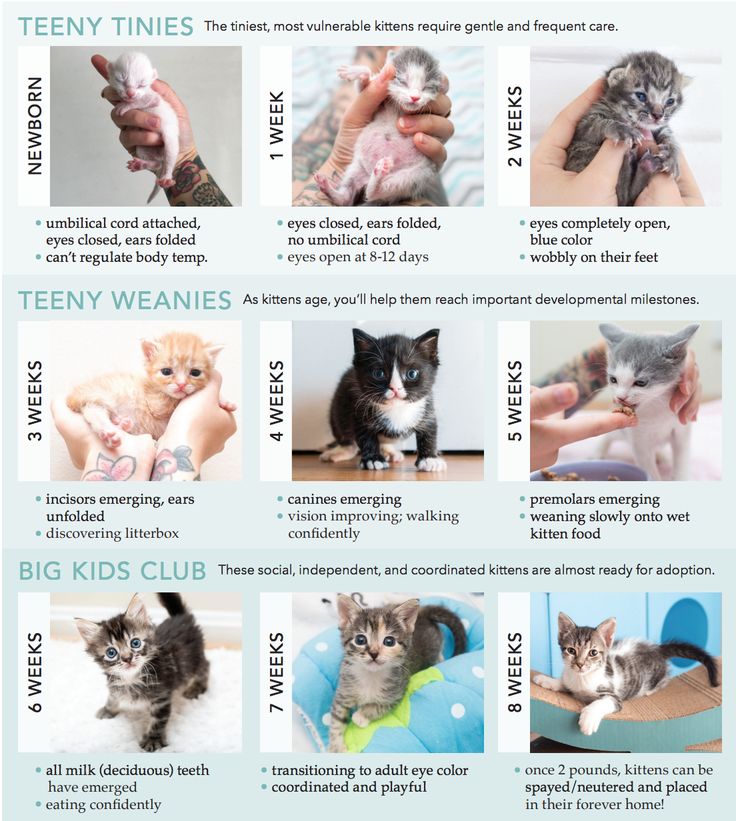 nine0003
nine0003
Give occasional taste of cottage cheese, or fish, or meat - any food suitable for cats, without salt and spices. This way you will expand the range of foods that your cat (or your cat) will be willing to eat in adulthood. If there is a need to change feeding, you will have fewer problems with the animal's eating habits. The use of treats is optional, but up to 10% of the main diet of additional foods, including treats, can be given. This is important not only to avoid overeating, but also not to interrupt the appetite, otherwise the kitten will not eat the daily norm of its complete and balanced food, which means that some necessary nutrients will be in short supply. nine0003
Feeding older kittens
The correct feeding method depends on the chosen food, the needs and feeding behavior of the animal, as well as on the capabilities of the owner. Often, kittens prefer to feed ad libitum - in order to avoid underfeeding and a sharp expansion of the stomach when feeding according to the regimen.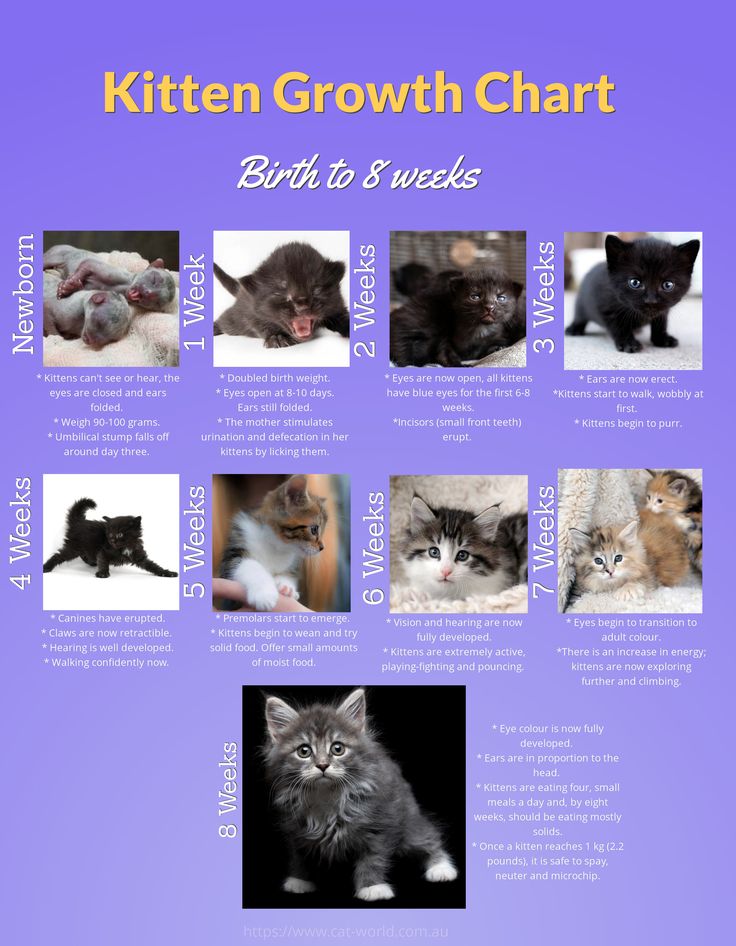 This is recommended up to about 5 months. If you still follow the portioned feeding regime, then kittens up to 6 months are recommended to be fed 3-4 times a day. Kittens older than 6 months can already get by with two meals a day, although you can feed 3 times a day and an adult cat. nine0003
This is recommended up to about 5 months. If you still follow the portioned feeding regime, then kittens up to 6 months are recommended to be fed 3-4 times a day. Kittens older than 6 months can already get by with two meals a day, although you can feed 3 times a day and an adult cat. nine0003
If the kitten is underweight or overweight, the feeding method is changed. It is recommended to feed malnourished kittens ad libitum, and if they are overweight, access to food is limited, observing the daily allowance.
The animal must always have fresh water in sufficient quantity. You can read about drinking for cats in another article. The offered food should be at room temperature, which is usually followed when feeding a kitten with dry food - but wet food is often unknowingly fed directly from the refrigerator. This is unacceptable - cats may vomit. nine0003
Wet food will keep refrigerated after opening, usually 2-3 days, each serving should be warmed to room temperature or body temperature. Wet food should not stand in a bowl for a long time - it can deteriorate and cause poisoning. If the kitten has not eaten all the food in an hour or two (depending on the temperature of the house), throw it away. Wash the bowl every time, use only clean dishes for each feeding.
Wet food should not stand in a bowl for a long time - it can deteriorate and cause poisoning. If the kitten has not eaten all the food in an hour or two (depending on the temperature of the house), throw it away. Wash the bowl every time, use only clean dishes for each feeding.
As far as vitamins and feed additives are concerned, a balanced and complete diet should not be supplemented without medical indications - an excess is just as dangerous as a deficiency! nine0006
With proper feeding, the kitten is cheerful, active and curious, fatness corresponds to a condition index of 3/5, he has a shiny clean coat. The kitten's stool, when properly fed, is well formed and has a color from light to dark brown.
Regularly assess the condition, general well-being and appearance of the kitten - and if everything is normal, then you are doing everything right!
New webinar: Feeding your puppy from day one - 366 views
How to feed newborn puppies? How to feed? How to carry out a withdrawal? Is my puppy growing properly? Additives - necessary or not necessary? When to switch to adult food? Examples of home diets. Mixed diet - taboo or sometimes possible? Commercial feeds - can they be combined and how to do it right?
Mixed diet - taboo or sometimes possible? Commercial feeds - can they be combined and how to do it right?
Register for the webinar »
Webinar 101 questions about feeding dogs and cats - 5635 views
Answers to the most frequent and controversial questions about feeding dogs and cats. Everything that is hotly debated: conflicting opinions, myths and facts, truth and fallacies. We collected 101 questions and gave each one a scientifically proven answer. nine0003
Watch the webinar »
BARF Webinar - Pros and Cons - 880 views
You will learn a lot about the properties of BARF diet ingredients, hygiene aspects, common questions and answers that are often heard in practice veterinary nutritionist.
View webinar »
Nutrition course for breeders and felinologists - 1708 views
A 15-webinar course teaches the basics of feeding cats. You will learn how to compare foods and feeding methods. Learn the principles of nutrition. Study the feeding of kittens and adult cats, during pregnancy and lactation, overweight, different levels of activity. nine0003
Learn the principles of nutrition. Study the feeding of kittens and adult cats, during pregnancy and lactation, overweight, different levels of activity. nine0003
Take the course »
dry food and canned food
Owners often ask what is the best feeding schedule for cats. But it is difficult to give a definite answer here: it all depends on whether you use dry food, canned food or natural products. The owner's own schedule is also important: whether he spends the whole day at work in the office or has the opportunity to be near the pet most of the time.
Night hunters and picky eaters
To understand what kind of diet is comfortable for animals of a particular species, one must take into account their nature. In their natural habitat, cats prefer to be nocturnal, although they are active during the day, they eat freshly caught small animals, and they have many times more meals than our usual breakfast, lunch and dinner.
Domestic cats have retained the eating habits of their wild ancestors: they like to eat often, but in small portions, if possible, they do not shun night snacks, and most importantly, they prefer exclusively fresh food.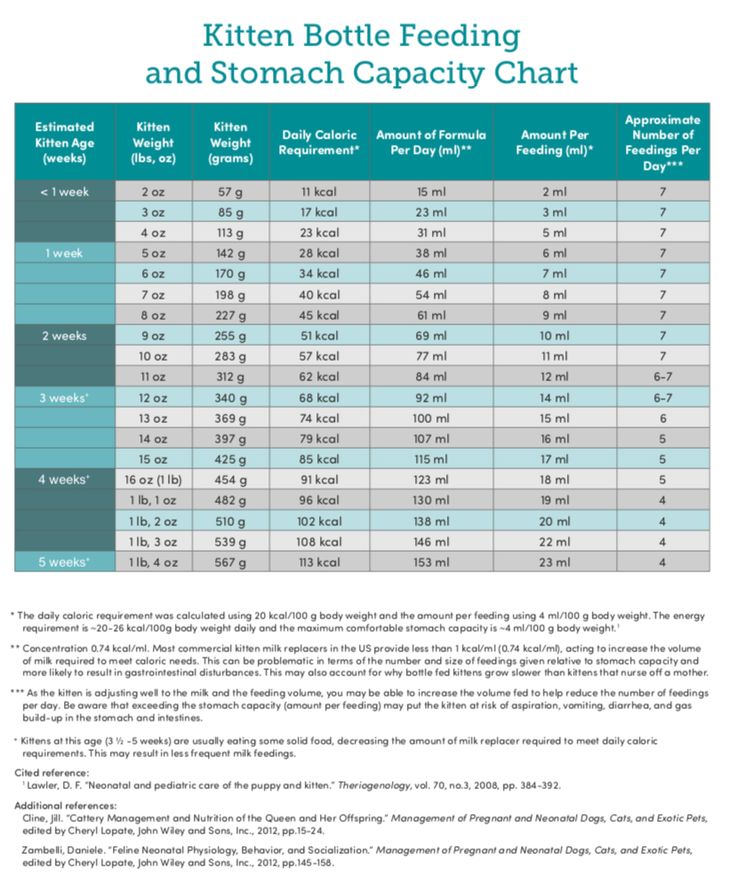 In case of severe hunger, they may retreat from the last rule, but this often goes sideways for them, causing serious poisoning. In nature, these animals never eat carrion, and their body is completely unsuited to fight pathogenic bacteria that actively multiply at room temperature. nine0003
In case of severe hunger, they may retreat from the last rule, but this often goes sideways for them, causing serious poisoning. In nature, these animals never eat carrion, and their body is completely unsuited to fight pathogenic bacteria that actively multiply at room temperature. nine0003
When a cat avoids even slightly weathered canned food, this is not just a whim. Instinct tells her that such food is dangerous to health. The same applies to stale, cloudy water: the cat will not drink it and will do the right thing.
Feeding regimen for cats with dry food
Considering the eating habits of cats mentioned above, it is most convenient to follow the following feeding regimen for dry food:
- without worrying about freshness issues; nine0112
- a cat can feed 10-15 times a day, each time eating just a few pellets, which is more comfortable for her than rare meals in large portions;
- If your cat has a need for a night snack, this will not be a problem either: you can feed her food in the evening, and she will not wake you up late at night or at dawn.
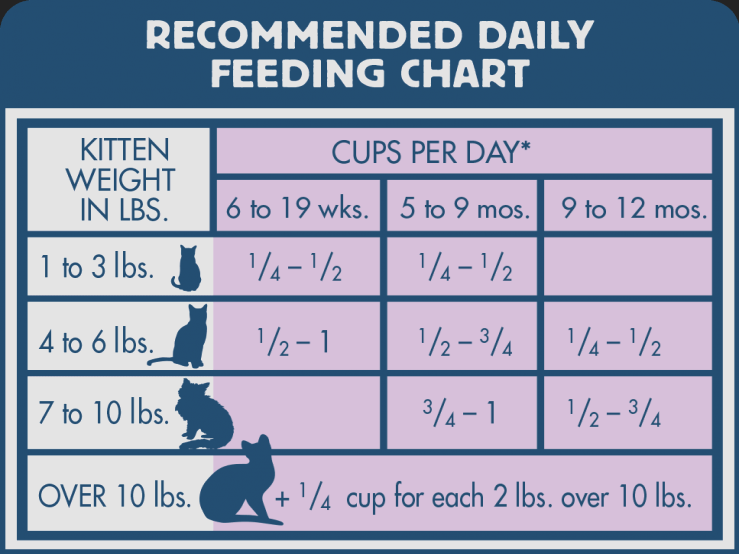
Acana Complete Dry Food already contains all the nutrients your pet needs in optimal proportions and does not require any additions other than clean drinking water, they are convenient and easy to dose using a measuring cup, which is especially important for owners whose cats tend to be overweight. nine0003
Determining the norm is also not difficult: it is indicated on the food packaging. Please note that the dosage in the table is calculated per day, and not per feeding. In general, it doesn’t matter how many parts you divide it into: as has been repeatedly noted, in any case, the animal does not eat everything at once, but is reinforced throughout the day in small portions. Rarely, but there are exceptions - cats and cats, seeking to absorb all the food as quickly as possible. Typically, this behavior is associated with a hungry period experienced (if the animal was previously homeless) or competition (when there are several pets in the house). In this case, it is reasonable to divide the daily rate into at least 3 parts. nine0003
nine0003
The Orijen and Acana Feeding Guidelines for Cats provide three options based on body size (“Normal Body Condition”, “Overweight”) and age of the pet (quotes for kittens and older cats). If it's time for your pet to lose weight, you should rely on the second column. On packages of other brands of food, the table may be drawn up differently. As a rule, for weight loss and in old age, the norm calculated by weight is cut by 15–20%, but no more.
Important! When feeding dry food, it is extremely necessary to observe the drinking regimen, because these products contain practically no moisture, and cats are characterized by a reduced sense of thirst. Clean, fresh drinking water should be freely available around the clock and preferably in different places in the house. Give the cat the opportunity to drink from the containers that she prefers, and lovers of running water, if possible, let a thin stream in the sink or buy a drinking fountain. nine0105Wet food and natural food
When fed with natural food and canned food, the diet of cats will be fundamentally different than when using dry food.
One or two feedings are clearly not enough here: it is desirable to provide at least three or four. This is due to the fact that wet food cannot be left for a long time: all uneaten leftovers must be immediately removed in the refrigerator. At the next feeding, they can be offered again, slightly warmed up in the microwave.
The principle of rationing of the diet must be observed in any type of diet. Manufacturers of complete wet food labels indicate how much food a cat needs per day. It should be understood that these norms are very approximate and do not take into account all the features of a particular animal. In order to prevent overeating, we recommend that you regularly weigh your pet and, if necessary, adjust the caloric content of his diet in one direction or another. nine0003
If you make your own cat menu from natural products, you can't do without calculations and accurate kitchen scales. A healthy and active adult cat of average weight (4 kg) needs about 240 calories per day, most of which should come from animal proteins and fats (meat, including offal, sometimes sea fish or seafood).
